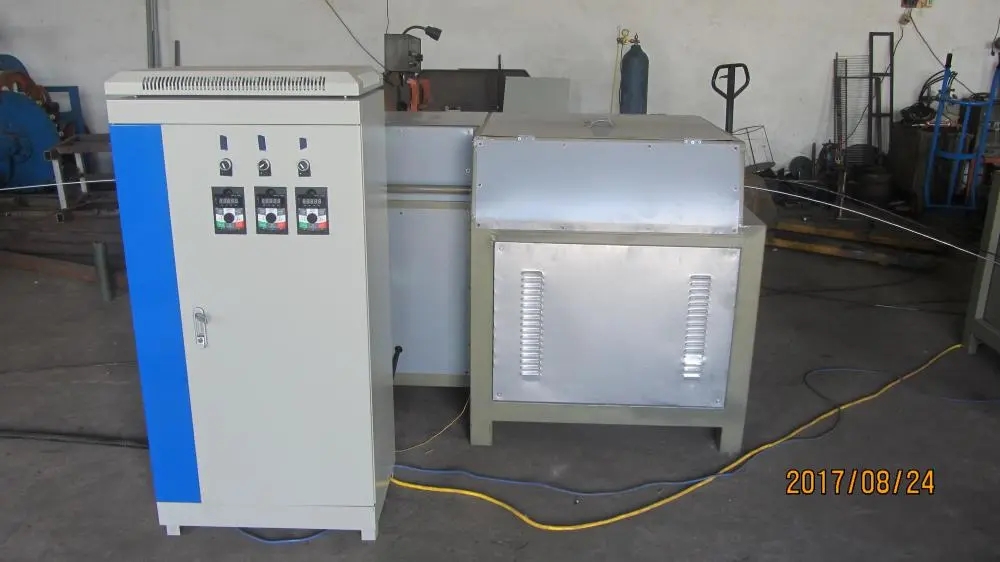
Understanding Door Frame Making Machines Innovation in Manufacturing
In the modern manufacturing landscape, efficiency and precision are paramount, especially in the production of essential components like door frames. Door frame making machines have emerged as valuable assets in the woodworking and construction industries, streamlining production processes and enhancing product quality. This article delves into the features, benefits, and technological advancements of door frame making machines, highlighting their role in contemporary manufacturing.
The Fundamentals of Door Frame Making Machines
Door frame making machines are specialized equipment designed to automate the process of creating door frames. These machines are capable of handling various materials, including solid wood, engineered wood products, and composite materials. Typically, a door frame consists of three main parts the head (top), the jambs (sides), and the sill (bottom). The efficiency of a door frame making machine lies in its ability to cut, shape, and assemble these components with minimal manpower and maximum precision.
Key Features of Door Frame Making Machines
1. Automated Cutting and Shaping Modern door frame making machines utilize advanced cutting technologies, such as saws and routers, to achieve accurate dimensions for door frame components. Automation minimizes human error and ensures uniformity across batches of frames.
2. Robust Construction These machines are built to endure the demands of a factory environment. With sturdy materials and high-quality components, they can operate continuously with minimal maintenance needs.
3. Versatility Many door frame making machines can be adjusted to accommodate different sizes and styles of frames. This versatility allows manufacturers to cater to a wide range of customer preferences without requiring significant changes in setup.
4. Integration with CNC Technology Some advanced door frame making machines are equipped with Computer Numerical Control (CNC) systems. This technology further enhances precision by employing computer-controlled tools to perform cutting and shaping tasks, ensuring that even the most complex designs can be executed flawlessly.
5. Safety Features Given the potential hazards associated with woodworking machinery, modern door frame making machines often come equipped with advanced safety features. Emergency stop buttons, blade guards, and sensors are common components designed to protect operators during operation.

Benefits of Using Door Frame Making Machines
1. Increased Production Efficiency The automation of door frame production significantly reduces labor costs and time. Manufacturers can produce a higher volume of frames in a shorter period, which leads to increased profitability.
2. Improved Quality Control The precision offered by these machines ensures that each door frame is manufactured to exact specifications. This consistency in quality reduces the likelihood of defects and enhances the overall reliability of the products.
3. Reduction in Material Waste Improved cutting techniques and accurate measurements allow manufacturers to utilize materials more efficiently. This reduction in waste not only lowers costs but also supports environmentally sustainable practices in the industry.
4. Customization Capabilities With advanced machinery, manufacturers can easily adapt to custom orders, producing unique door frames tailored to specific architectural designs. This capability opens new avenues for business growth and customer satisfaction.
The Future of Door Frame Making Machines
As technology continues to evolve, the future of door frame making machines appears promising. Innovations in artificial intelligence and machine learning are poised to enhance operational efficiency further. For instance, predictive maintenance algorithms could analyze machine performance data to foresee potential issues before they lead to breakdowns, thereby minimizing downtime.
Moreover, the integration of IoT (Internet of Things) technology into manufacturing processes may enable real-time monitoring and data collection, allowing businesses to make informed decisions based on real-time insights.
Conclusion
In conclusion, door frame making machines are a cornerstone of modern manufacturing in the woodworking and construction industries. By providing advanced features, enhancing production efficiency, and improving quality, these machines have transformed the way door frames are produced. As technology advances, the capabilities of these machines will only continue to expand, driving further innovation and excellence in manufacturing processes. Adopting door frame making machines is not merely a trend but a strategic move towards a more efficient and sustainable production environment.